يحاول ذهب - حر
UNEARTHING ANELUSIVE EMPIRE
March/April 2025
|Archaeology
Archaeologists have discovered rare evidence of an enlightened medieval dynasty that ruled much of Central Asia

IN THE YEAR 1124, an ambitious prince in northern China named Yelü Dashi faced a pivotal decision-stay and make a final stand with his people, who faced nearcertain defeat, or head for the hinterlands in search of new prospects. Just a decade earlier, Dashi had been a junior member of the Yelü royal clan of the Khitan, the nomadic group that ruled the Liao Empire. The empire had been founded in A.D. 907 by Abaoji, a direct ancestor of Dashi's. Abaoji united the Khitan tribes, who were based in eastern Mongolia and parts of China, and rallied them to conquer much of northern Asia, from the border of the Korean Peninsula across portions of northern China, southern Siberia, and Mongolia. This territory included both traditionally Chinese areas that were home to settled farmers and great stretches of steppe where other nomadic tribes roamed. The Khitan maintained their nomadic lifestyle, and their emperors and courts moved among five different capitals. They established a hybrid style of government: An administration in the south, staffed by civil servants, many of them Chinese, was responsible for the largely Chinese parts of the empire, and a northern administration tended to the nomadic tribes of the steppe.
هذه القصة من طبعة March/April 2025 من Archaeology.
اشترك في Magzter GOLD للوصول إلى آلاف القصص المتميزة المنسقة، وأكثر من 9000 مجلة وصحيفة.
هل أنت مشترك بالفعل؟ تسجيل الدخول
المزيد من القصص من Archaeology
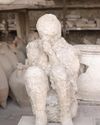
Archaeology
LEGEND OF THE CRYSTAL BRAIN
When most people envision the victims of the eruption of Mount Vesuvius in A.D. 79 that destroyed the cities of Pompeii and Herculaneum, they think of the casts of their bodies made by pouring plaster into voids left by their decaying corpses. Yet not all the physical remains of those who perished in the cataclysm decayed. In one case, a remarkable transformation occurred—a man’s brain turned to glass.
3 mins
July/August 2025
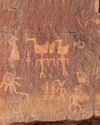
Archaeology
Birds of a Feather
Intriguing rock art in the Four Corners reveals how the Basketmaker people drew inspiration from ducks 1,500 years ago
8 mins
July/August 2025
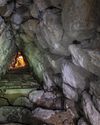
Archaeology
THE HOME OF THE WEATHER GOD
In northern Anatolia, archaeologists have discovered the source of Hittite royal power
13 mins
July/August 2025
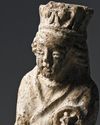
Archaeology
SAINTS ALIVE
Since 2019, archaeologists have been excavating in Berlin's oldest square, known as the Molkenmarkt, or Whey Market.
1 min
July/August 2025
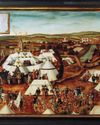
Archaeology
SOLDIERS OF ILL FORTUNE
The Schmalkaldic War, which began in 1546 and lasted less than a year, pitted the forces of the Holy Roman emperor Charles V (reigned 1519-1556) against the Schmalkaldic League, a Protestant alliance formed by German principalities and cities within the empire.
1 mins
July/August 2025
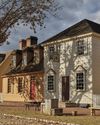
Archaeology
A NEW LOOK AT AN OLD CITY
Archaeologists are reconstructing the complicated 400-year history of Virginia's colonial capital
13 mins
July/August 2025
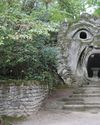
Archaeology
ITALY'S GARDEN OF MONSTERS
Why did a Renaissance duke fill his wooded park with gargantuan stone
10 mins
July/August 2025
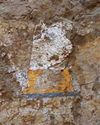
Archaeology
In Search of Lost Pharaohs
Anubis Mountain conceals the tombs of an obscure Egyptian dynasty
3 mins
July/August 2025
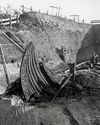
Archaeology
Setting Sail for Valhalla
Vikings staged elaborate spectacles to usher their rulers into the afterlife
15 mins
July/August 2025
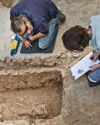
Archaeology
BOUND FOR HEAVEN
During excavations of a Byzantine monastery in 2017 just north of Jerusalem's Old City, a team led by Israel Antiquities Authority archaeologists Zubair 'Adawi and Kfir Arbiv discovered an unusual burial in a crypt beneath the altar of the complex's church.
1 mins
July/August 2025
Listen
Translate
Change font size
